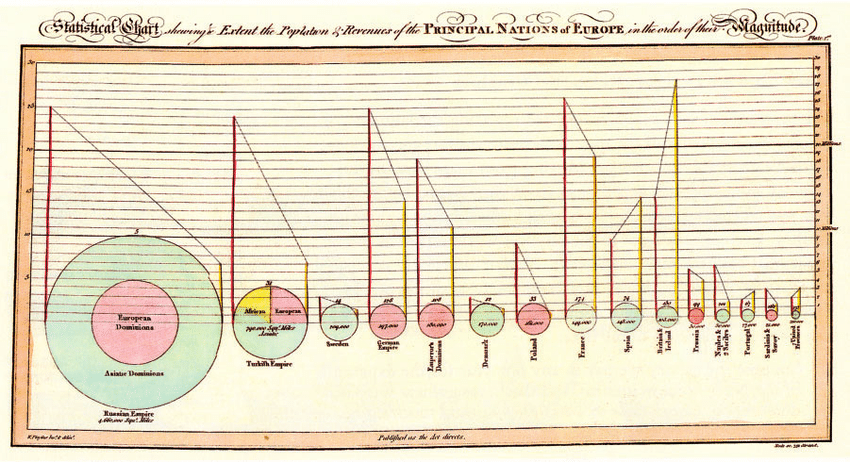As children’s television has demonstrated since the beginning of the medium, sometimes the best way to make an unfamiliar concept understandable is to articulate it through the mouth — and the body — of a puppet. Most all of us alive today had some experience with that back when we were still getting our ABCs and 123s down. Yet even in adulthood, we continue to find ourselves confronted with ideas we may find difficult to grasp, especially in the domain of philosophy, with no explanation offering-puppets to be found — or at least there weren’t, not before the launch of Theoretical Puppets on Youtube.
Each month, Theoretical Puppets brings on a notable thinker or two, the current lineup of whom includes the likes of Walter Benjamin, Hannah Arendt, Gilles Deleuze, and Michel Foucault, all of them reconstructed out of cloth and wire.
These puppets are recognizable as the individuals who inspired them, and also recognizable as homages to the puppet aesthetic popularized by a certain long-running program on American television — a form of broadcasting, incidentally, that Benjamin never knew. He did, however, have serious thoughts about radio, the mass media of his day, some of which he — or rather, his puppet — articulates in the video just above.
Other episodes of Theoretical Puppets include Foucault on discourse, Deleuze on Power, Arendt on natality (and smoking), and even the late Bruno Latour on actor-network theory. Among the channel’s most-viewed videos are meetings of the minds both historical and fictional: between Deleuze and Foucault, (a re-creation of a 1963 radio interview), between Foucault and Benjamin, between Sigmund Freud and Salvador Dalí (which includes a discussion of the latter’s depiction of the former’s head as a “snail-like structure”). To varying extents, these dialogues are rooted in the words these figures wrote and spoke in their lifetimes; like most puppet-based productions, they also take place in the realm of fantasy. There’s humor in the incongruity, to be sure, but then, it must have demanded no small amount of imagination to produce such enduring bodies of theory in the first place.
Related content:
When Salvador Dali Met Sigmund Freud, and Changed Freud’s Mind About Surrealism (1938)
Puppets of Dostoevsky, Dickens & Poe Star in 1950s Frank Capra Educational Film
The Hand Puppets That Bauhaus Artist Paul Klee Made for His Young Son
Albert Einstein Holding an Albert Einstein Puppet (Circa 1931)
Based in Seoul, Colin Marshall writes and broadcasts on cities, language, and culture. His projects include the Substack newsletter Books on Cities, the book The Stateless City: a Walk through 21st-Century Los Angeles and the video series The City in Cinema. Follow him on Twitter at @colinmarshall or on Facebook.







